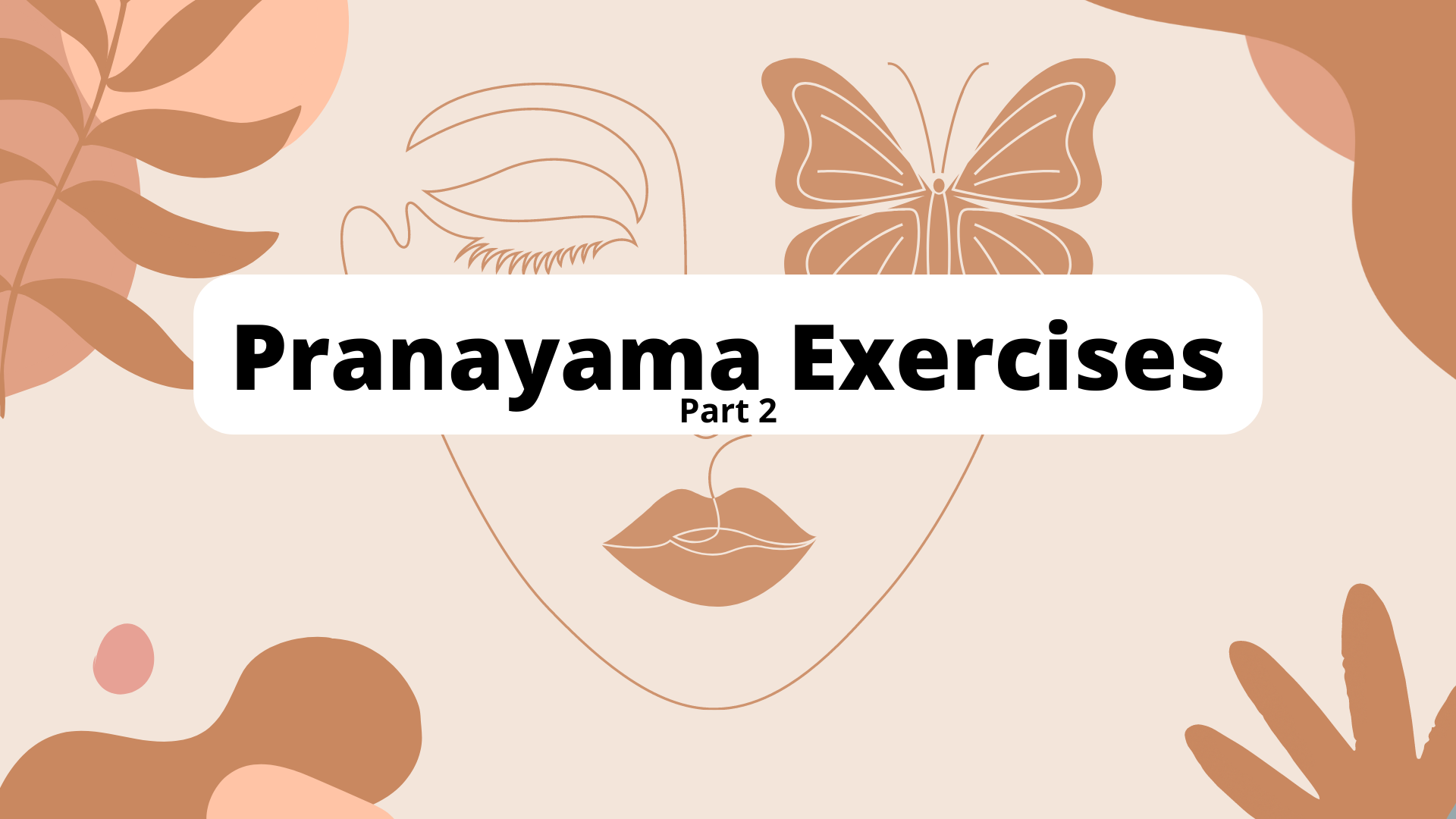
Practicing Pranayama means increasing and recycling the Life Force Energy within our being.
What Is Prana?
Prana is the Sanskrit word indicating Universal Energy. It also means Breath or the Breath of Life. In Yogic Philosophy, there are five different types of Prana that allow us to manifest a particular type of energy within the Universal Life Force. Prana is sometimes also called Qi, or Universal Life Force Energy.
Ayama is a Sanskrit term meaning to extend or draw out.
Since Prana is pretty synonymous with Breath, one can balance, energize, and heal themself by practicing different breathing techniques. These techniques can help one consciously choose the energy particles that make up and flow within their being.
Benefits of Breathing Exercises
Breathing exercises decrease stress and help with insomnia. Simultaneously, pranayama increases mindfulness and improves lung and brain function. Practicing breathing exercises, particularly retention, during asana practice helps to strengthen your practice, flexibility, and mobility. Separately, breathwork purifies blood and skin and will literally beautify your physical features, decreasing fine lines and wrinkles, acne, and cellulite.
A strong pranayama practice increases light, heat, energy, breath control, and mental wellness. It also detoxifies the body.
Exercises To Practice:
Sheetali Pranayama:
Sheetali Pranayama is Sanskrit for Cooling Breath.
To practice this exercise, close your eyes and curl your tongue into a cone shape. If you cannot create the cone/taco shape, round the tongue or lips to create a tunnel “O” shape. Inhale through the cone tongue and exhale through the nose. When practicing Sheetali Pranayama, ensure that you are thinking positive thoughts. As the exercise releases heat energy, which can sometimes include anger and frustration, it is extra important to set an intention when working with heat of any kind.
Seetkari Pranayama:
Sitkari Pranayama is Sanskrit for Hissing Breath.
To practice this exercise, gently grit your teeth together. Then, inhale through your closed teeth, and exhale while hissing. This breathwork exercise also dispels heat energy. So, again, make sure you are thinking happy thoughts. This exercise is cooling and will increase the Air and Space elements in your system. This will cool you down if you feel overheated, lowers blood pressure, and also helps with insomnia. This pranayama is perfect for destressing or putting yourself in a restful state.
Bhramari Pranayama:
Bhramari Pranayama is Sanskrit for Bee Breath.
To practice this exercise, cover your eyes or ears. Then, inhale through your nose and make a buzzing or “hmm” sound with your exhale. Bhramari Pranayama helps relieve stress, anger, and anxiety, replacing them with calmness and open space. This pranayama clears the mind, opens up the Third Eye, stimulates the nervous system, lowers blood pressure, and encourages a healthy thyroid.
Bhastrika Pranayama:
Bhastrika Pranayama is Sanskrit for Bellows Breath.
To practice, press all the air out of your body, using your diaphragm. Then, do diaphragm presses to forceful inhale through the nose. While you inhale, put your arms above your head and pull them down to your chest, like a shoulder press. The exhale should be natural and secondary, through the nose, as a result of the diaphragm contractions. Forcefully inhale and move your arms, allowing the exhale to occur on its own. This practice recycles both the air and energy in the chest, heart, lungs, abdomen, and stomach. Bhastrika Pranayama balances out the three Doshas (Vata, Pitta, Kapha), and Five Elements (Air, Space, Fire, Water, Earth.)
Kapalbhati Pranayama:
Kapalbhati Pranayama is Sanskrit for Skull Illuminating Breath.
Also known as the Breath of Fire, practice Kapalbhati Pranayama by practicing forceful diaphragm contractions. This exercise focuses on the exhale, with no conscious inhale. Breathing through your nose, press your diaphragm to exhale all the air out of your body, forcefully and repeatedly. Continue to contract your diaphragm and exhale, allowing the inhale to occur through the natural vacuum effect created by the diaphragmatic exhale. This practice increases the Fire element, which can energize and sensitize your nervous system, strengthen your mind, detoxify your organs, and soothe breathing problems.
Pranayama Mindset
As there are many pranayama breathwork exercises, spend a little time with each one. Be mindful of the way you feel before and after these exercises. Consciously maintaining a happy and healthy mindset when you practice, particularly when dealing with Fire Element, will help to transmute and release any stuck energies, drawing in new, peaceful attributes of the same kind.
Pranayama creates space within our body and energy, which allows us to recycle and replace anything that no longer serves us. It is recommended to practice breathwork exercises after a yoga asana practice or other physical exercises. After your pranayama will also be an ideal time to meditate, as your energy is focused and fully charged.
Practicing ANY breathwork exercise will greatly increase your physical, mental, emotional, and spiritual vitality. It can be a beautiful practice to record your journey and experience to see how consciously recycling your energy benefits you particularly!
This was Part 2 of the Pranayama article, so make sure not to miss the other exercises listed here!
Thank you for spending time with this energy exchange, and taking some time to focus on yourself today.
Namaste!
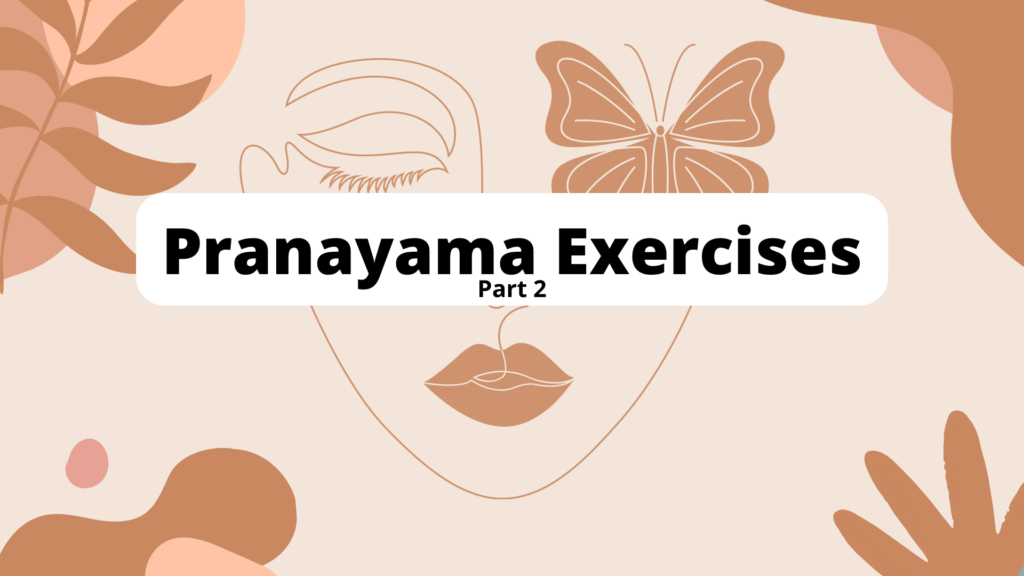

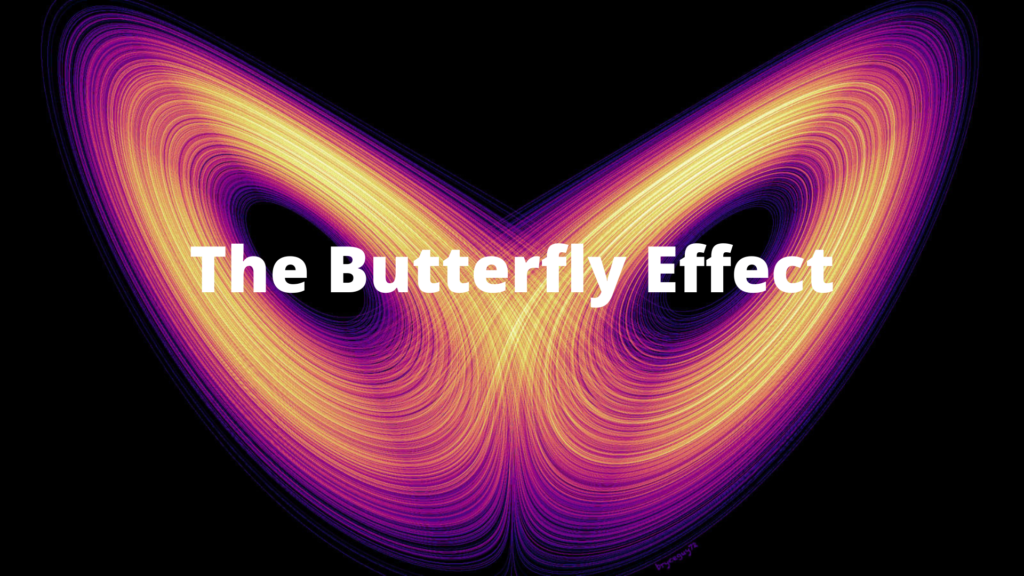


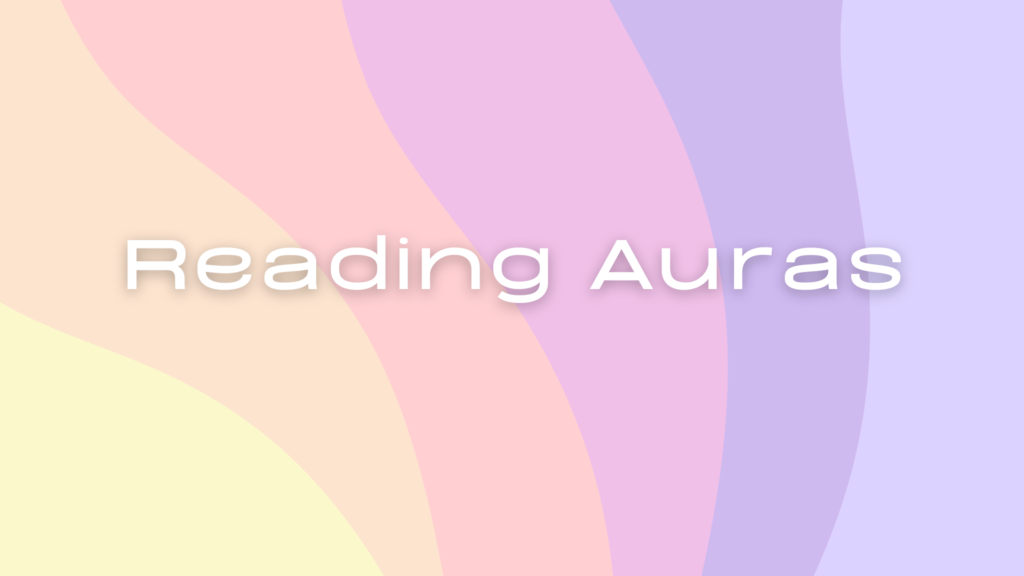


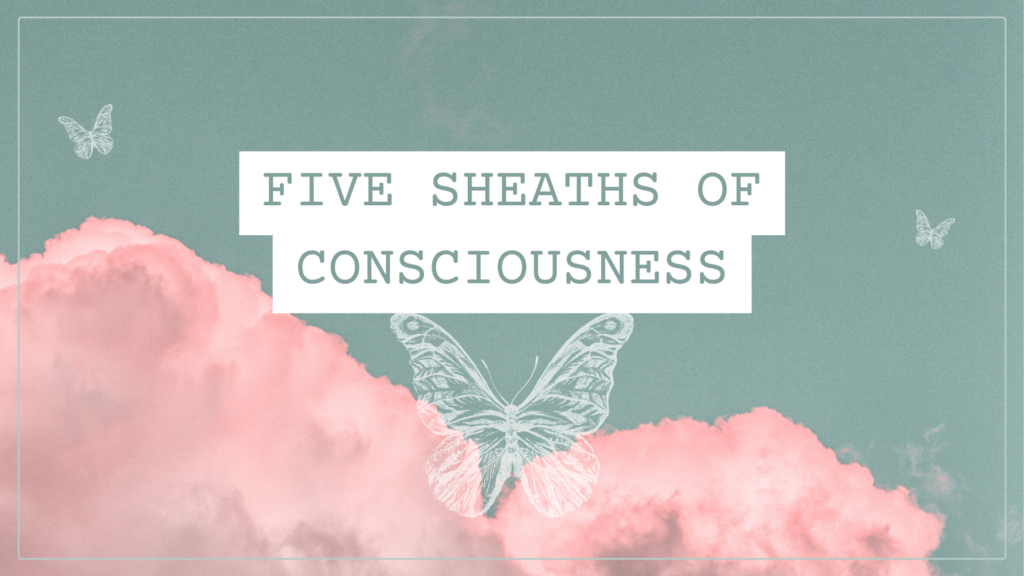

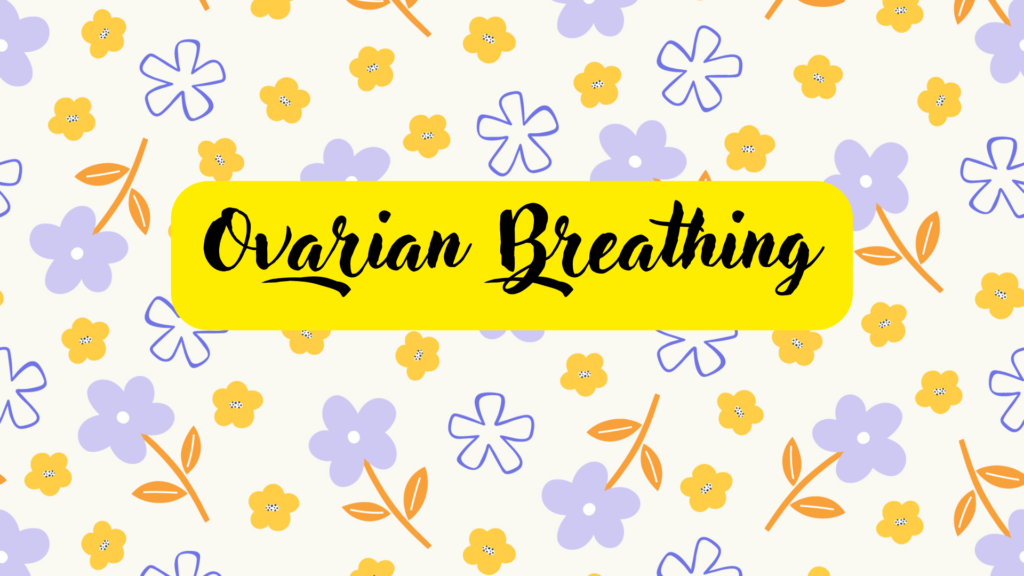
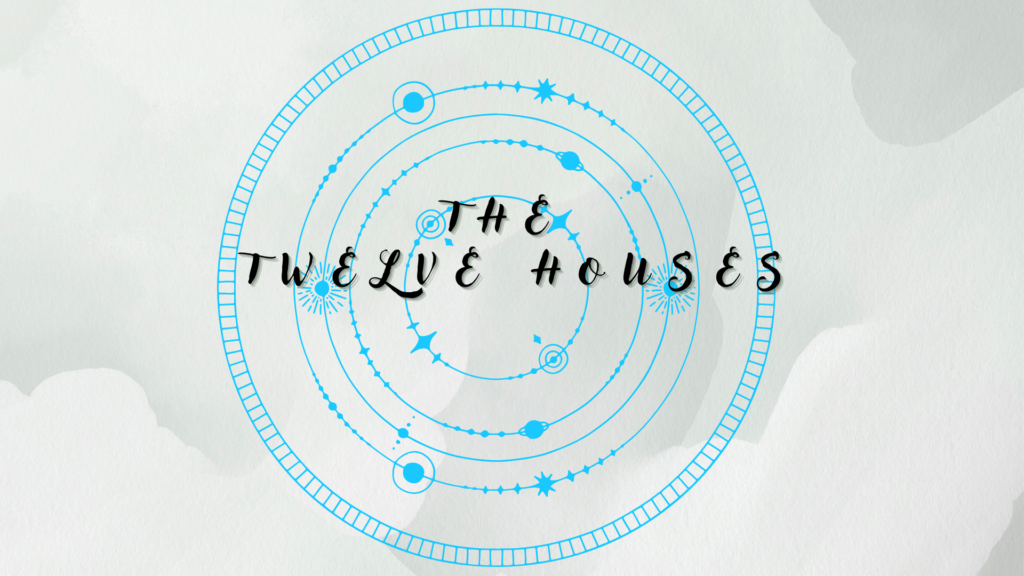
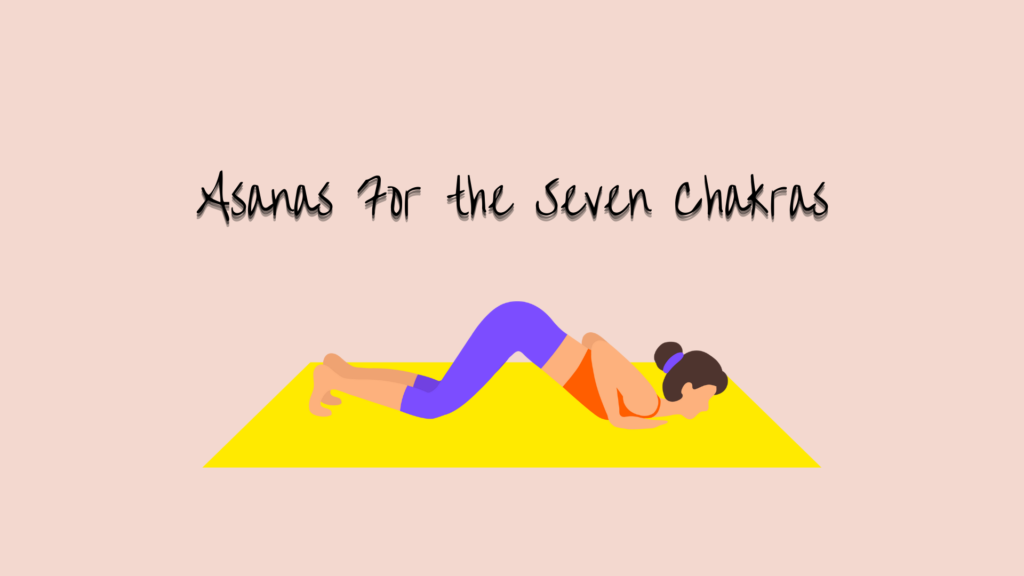
Leave a Reply